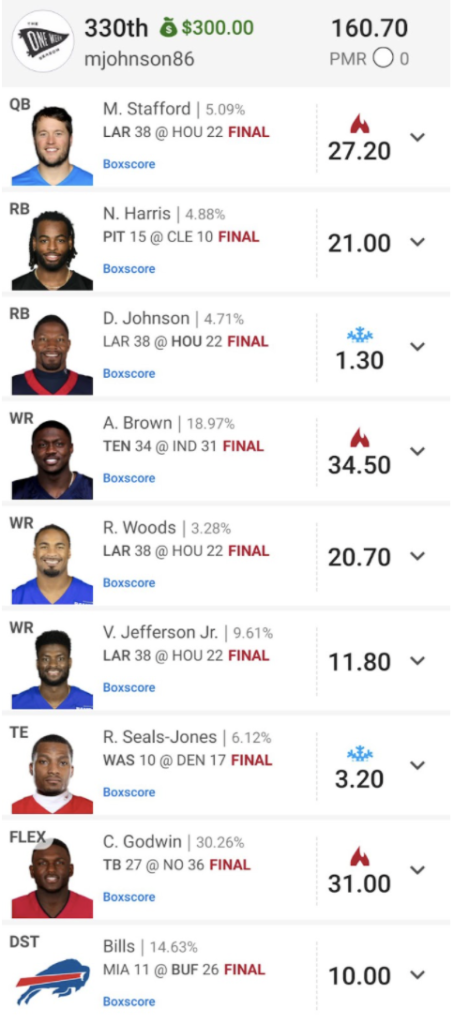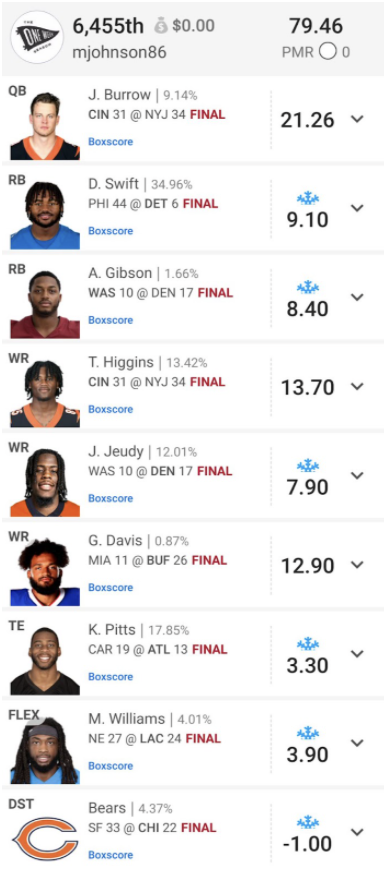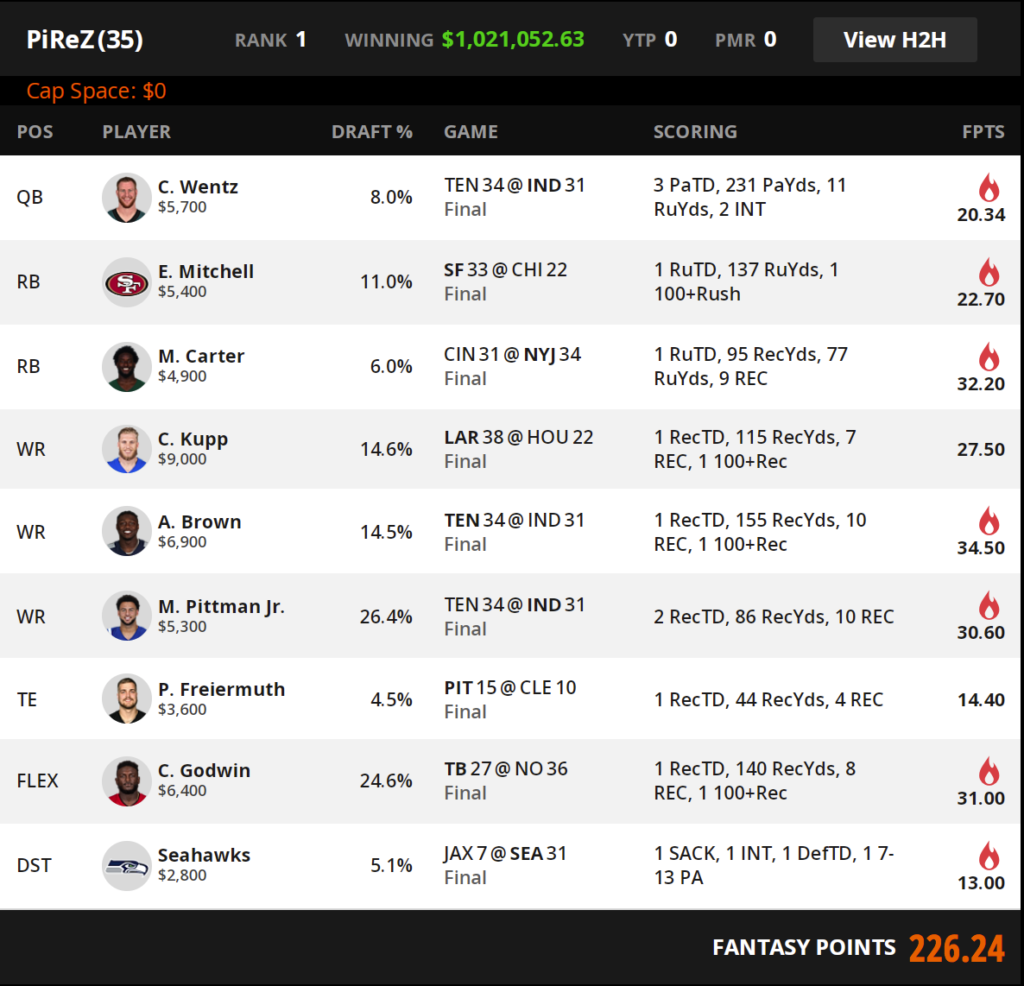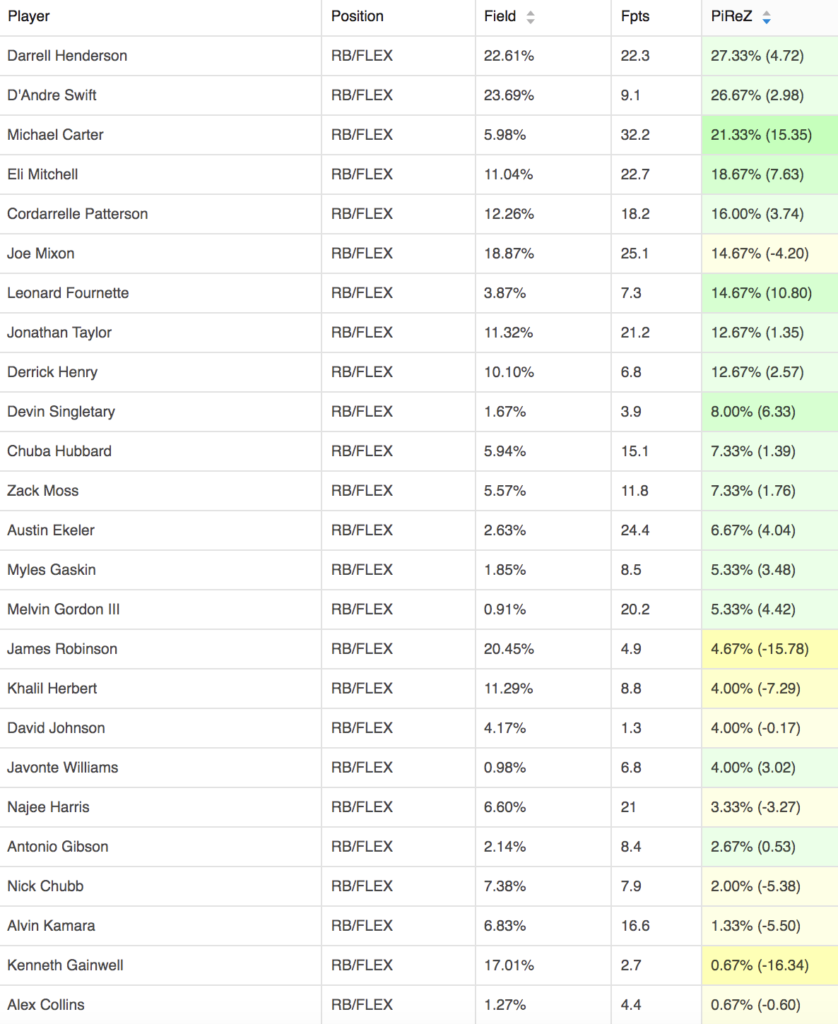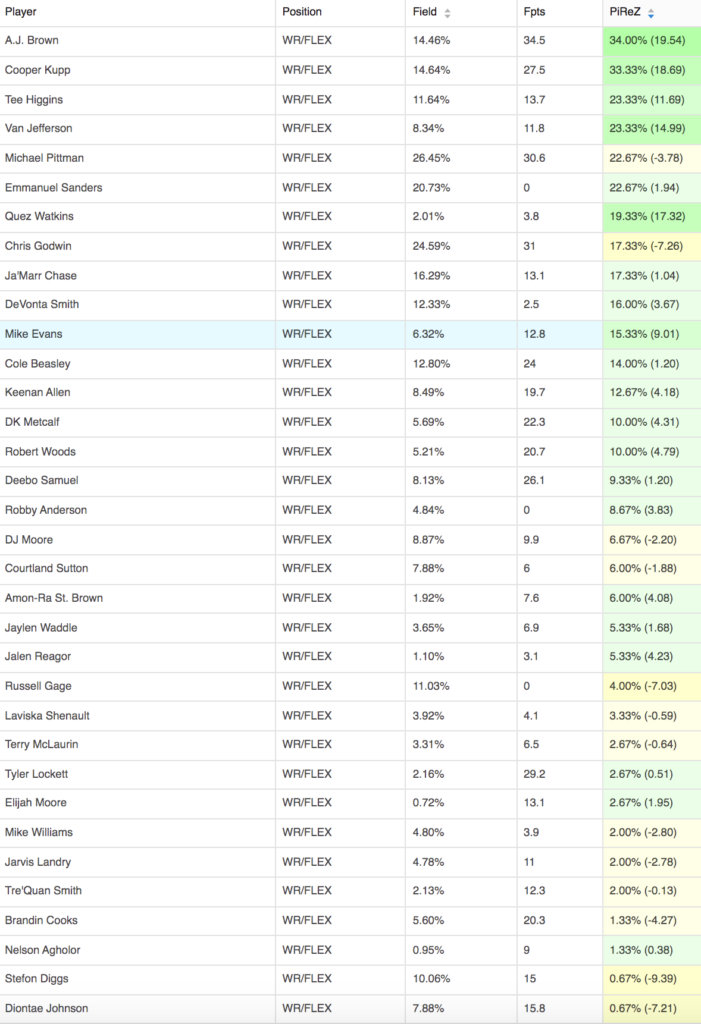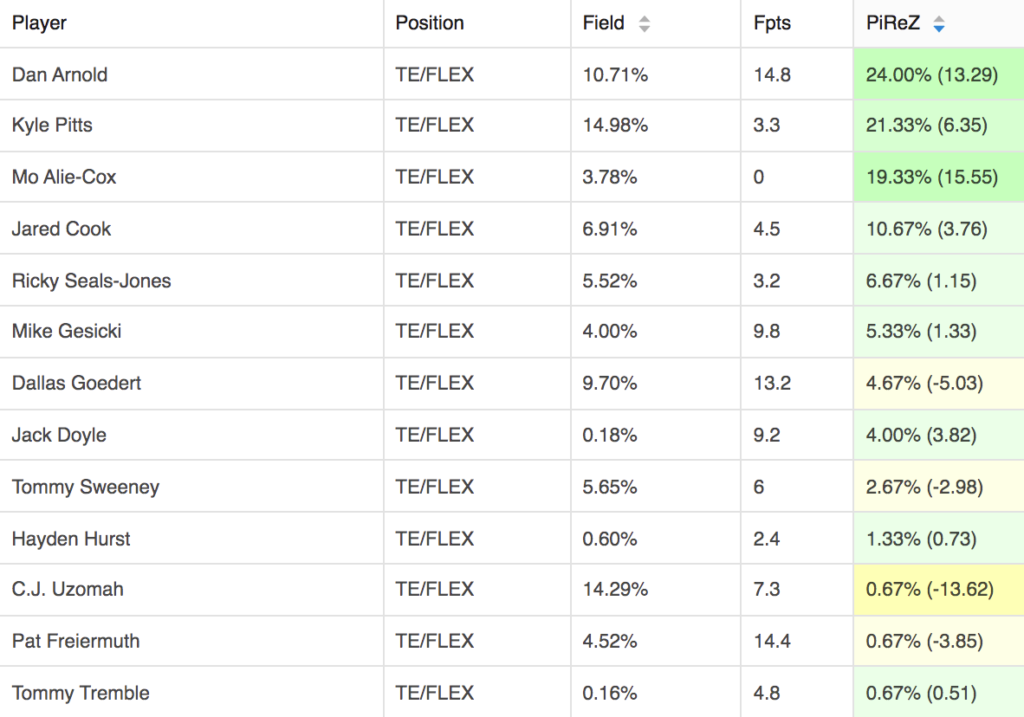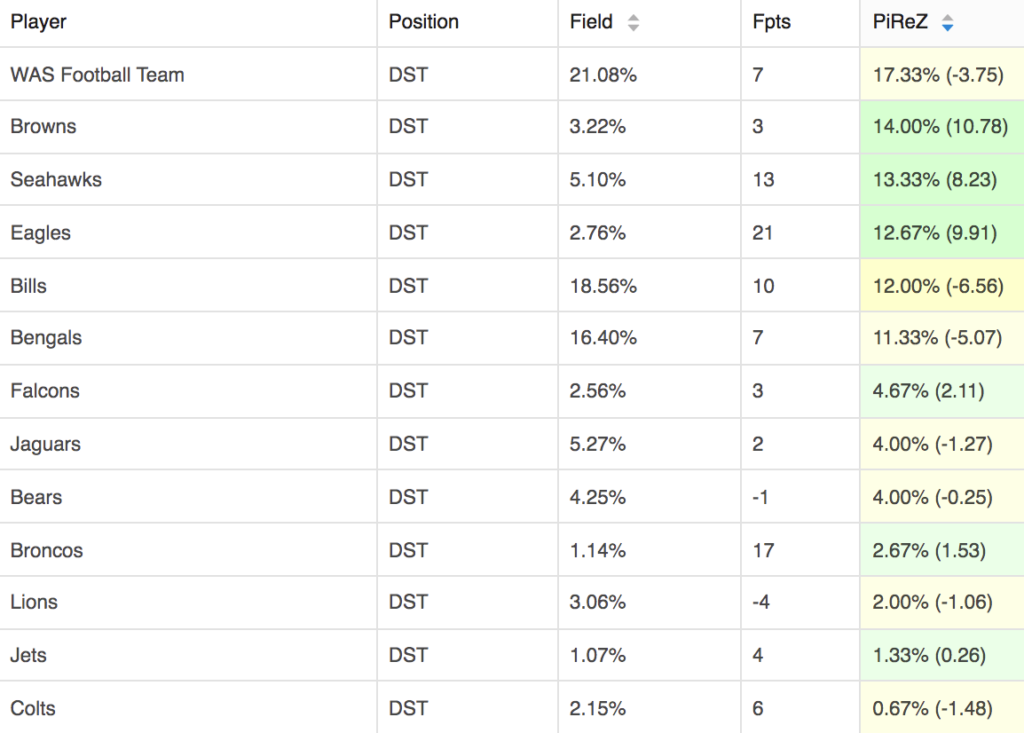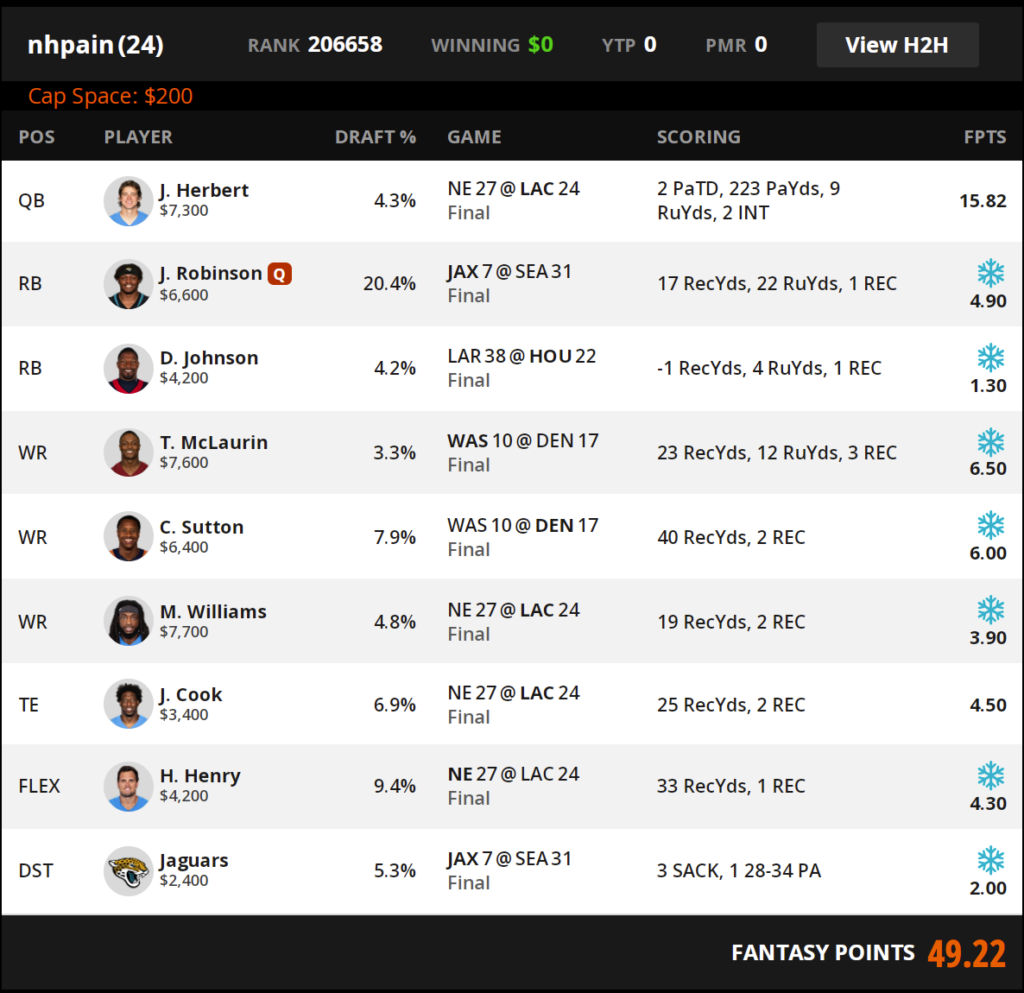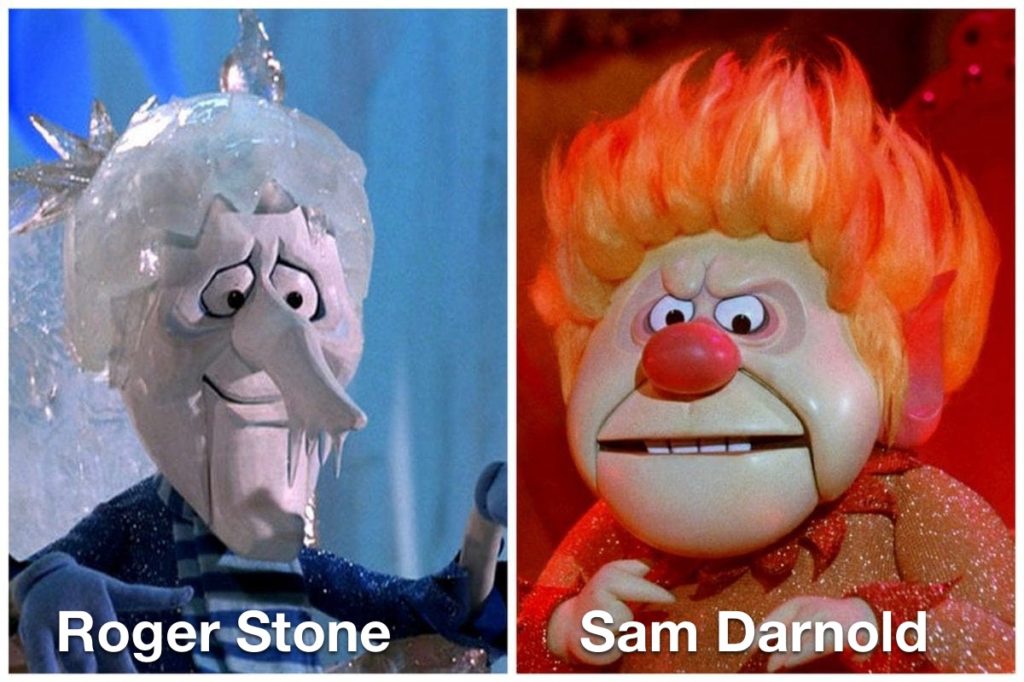Why does Vegas set lines? What is their goal? Well, Vegas sets lines in an attempt to get exactly half of the action on each side of every line they post. In this case, they take the rake, guarantee a profit, and move on. So, does that mean Vegas lines are perfectly set? Furthermore, does it mean they are always perfectly set early in the week? No! Every week this season (starting Week 2), we’ll be jumping into early-week betting line inefficiencies to take advantage of before they move. This line movement can be caused by a number of factors, but the primary reasons for movements after initial line release are public sentiment and recency biases (shark money typically doesn’t come in until later in the week, when bettors have more complete information). With that, let’s jump in!
QUICK HITS:
There has been a lot of feedback surrounding this piece, specifically lately, that I wanted to address before we continue. Since I can’t control the movement of the lines or the timing of when lines do move, and since I write this article on Sunday evenings and it gets posted to the site on Monday mornings, we typically already see some of the line movements I call for before anyone gets to read this. With that said, I want to emphasize that this isn’t a “picks” forum. Staying true to the underlying ideologies of OWS, I want readers to view this article as a weekly discussion on hunting for expected value as opposed to strictly being about individual plays. So, as you read this piece going forward, think to yourself “why” I arrived at the plays I did, and how you can replicate that process moving forward. I try and introduce varying analytics, betting practices, and thought processes that combine to create positive expected value situations over the long run each week here. Utilize those ideas, fold them into your own process, and the hope is that you will be better equipped to be a profitable bettor over time.
The next piece of the expected value puzzle I want to cover is the idea of “hunting for lines.” Similar to how different DFS sites have different scoring, different contest rules, and different payout structures, so too do varying sportsbooks. Why is that the case? Well, sportsbooks generate their own algorithms and set their own lines in an attempt to be unique. It’s a way for them to separate themselves from the field. What good would a new sportsbook be if they simply always had the same lines as the existing sportsbooks? How would they drive new customers to their platform, or how would they retain existing customers? They wouldn’t be able to. So, each individual sportsbook sets its own lines and creates its own algorithms. That is an extremely important aspect of wagering to understand as the customer. Quite often, we see lines, game totals, prop yardages, juice levels, and more that vary from platform to platform. So, if we make a wager on a game spread (or money line, or game total, or prop total, etc) on our “normal book” at -115, and that same game spread is available on another book at -105, we are literally giving away money to the books over time. Enter the idea of “hunting for lines,” which is basically perusing the available sportsbooks in your area for the best odds or lines.
In order to do that, you must have access to multiple sportsbooks and have accounts created, opened, and verified at multiple places. Better yet, most books offer lucrative sign-up bonuses that are quite literally free money to you. Having multiple accounts also helps you spread action and avoid the dreaded betting limits that come with being a profitable bettor (as a book’s algorithm notices that you are a profitable bettor, they will begin to limit your action – you could go from being able to wager four figures on any line you choose, to being limited to $50 bets in a matter of four to six weeks). So, hunt for the highest EV lines, spread your action, and stop bleeding expected value to the books!
Finally, if you are looking for referral codes to get those juicy sign-up bonuses (and free money that come with them), follow the link here for referral codes to various books partnered with OWS.
+EV LINES (Week 9)::
You’ll notice a trend this week with solid expected value lines available to us early in the week. Away favorites, in games with smaller spreads, and the absence of the hook are solid early-week expected value trends to follow. We know by now that the hook added to lines that reside in the magic spread range increase the book’s edge three times over. We also know that an away favorite in a game with a spread under four points would be closer to a full touchdown were the away team playing at home (in other words, the value of home-field advantage translates to between 2.5-3.0 points on a game spread). Combining those two ideas leads us to a situation where historical trends indicate expected value on early-week lines set within a magic spread range absent of the hook. In addition to the expected value from a pure metrics standpoint, additional expected value can be gained by targeting these games that also carry the highest percentage chance of the line moving in favor of the away favorite as the week progresses. It’s a double-whammy. Instead of regurgitating the same ideas for all three games listed below, I thought it more beneficial to get that out of the way first this week.
NEW ENGLAND PATRIOTS (-3.0) @ CAROLINA PANTHERS:
Are the Panthers for real? Are they frauds? The truth likely resides somewhere in the middle (as we’ve discussed over the previous two weeks around the site). The bottom line here is this line is likeliest to move in favor of the Patriots, which would come in the form of the dreaded hook. This movement should be due to the general public coming to the realization that the Patriots defense is one of the best-suited defenses in the league to be able to erase what the Panthers want to do on offense.
LOS ANGELES CHARGERS (-3.0) @ PHILADELPHIA EAGLES:
This line oozes recency bias. The Chargers are coming off a loss to the Patriots while the Eagles just notched their second win of the season, in convincing fashion. What should be realized rather expeditiously is the fact that the Chargers are a better team from top to bottom, and the Eagles just beat the winless Lions. Expect the line to move in favor of the Chargers as the week progresses.
ARIZONA CARDINALS (-2.5) @ SAN FRANCISCO 49ers:
What disrespect the Cardinals continue to get on the road this season. We’ve attacked them relentlessly in this space whenever they are small favorites (and even road underdogs, as they were a few weeks ago against the Browns), and we’ll continue to do so for as long as Vegas misprices their lines early in the week.
HONORABLE MENTIONS::
No honorable mentions this week as these three lines are so far and away the top expected value-generating opportunities available to us. Hopefully, this weekly forum is helping tailor your betting process in a way that keeps you profitable over time. Let me know how I’m doing with this piece, what can be done differently (or better), and how you’d like to see it evolve in the future (this is a new piece for this year and I’d like it to provide as much value as it possibly can moving forward). DM me on Twitter, on Discord, or tag me in any thread with any questions you might have, or any suggestions for this piece moving forward, and I’ll get back to you as soon as I can!
